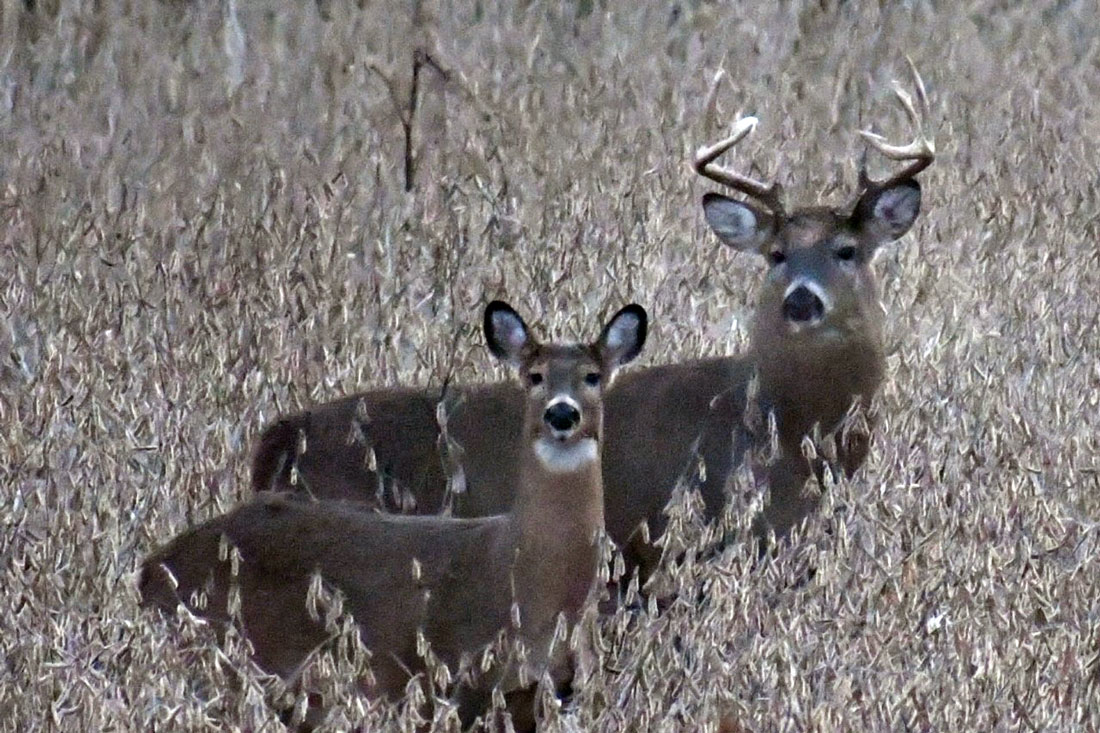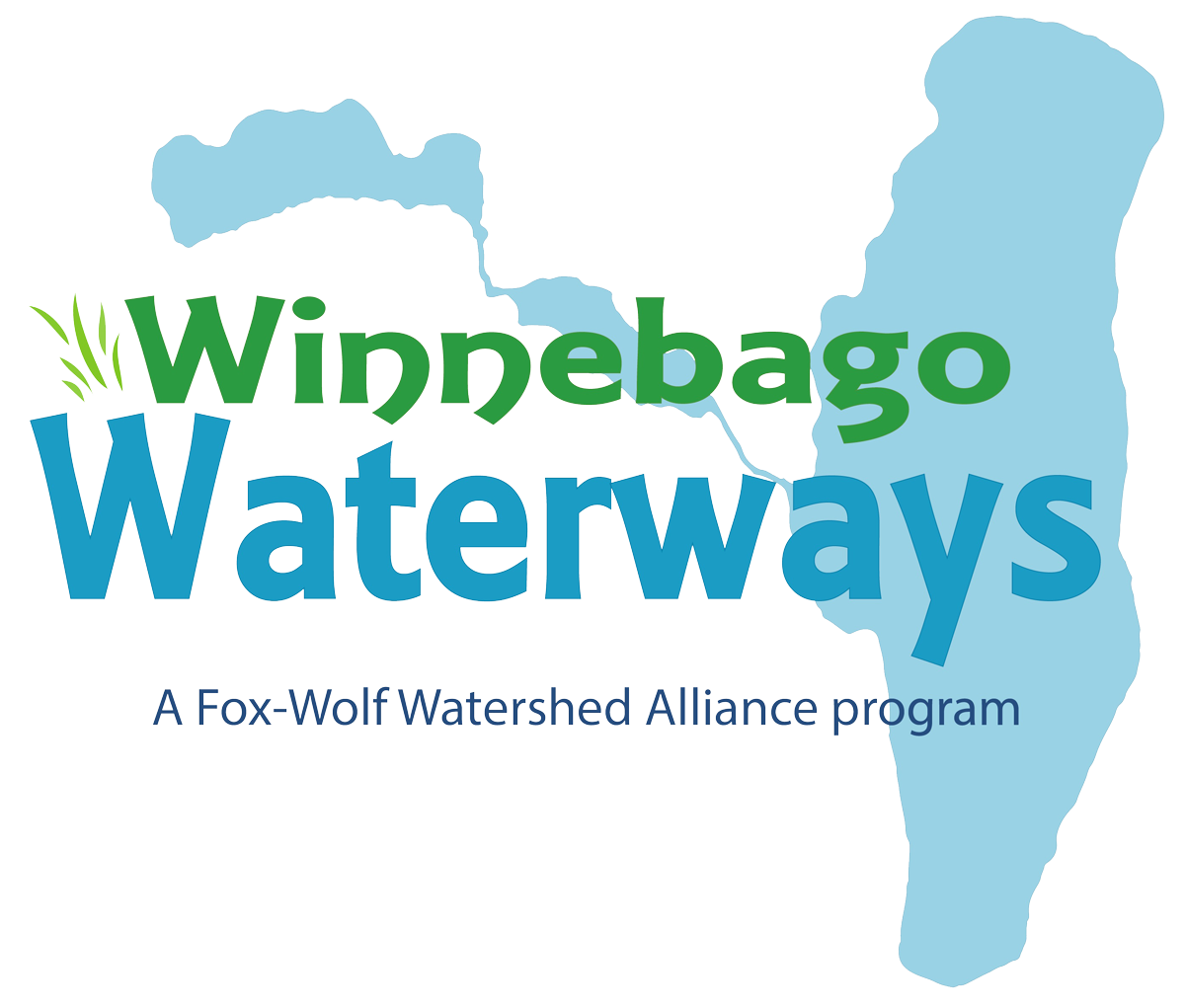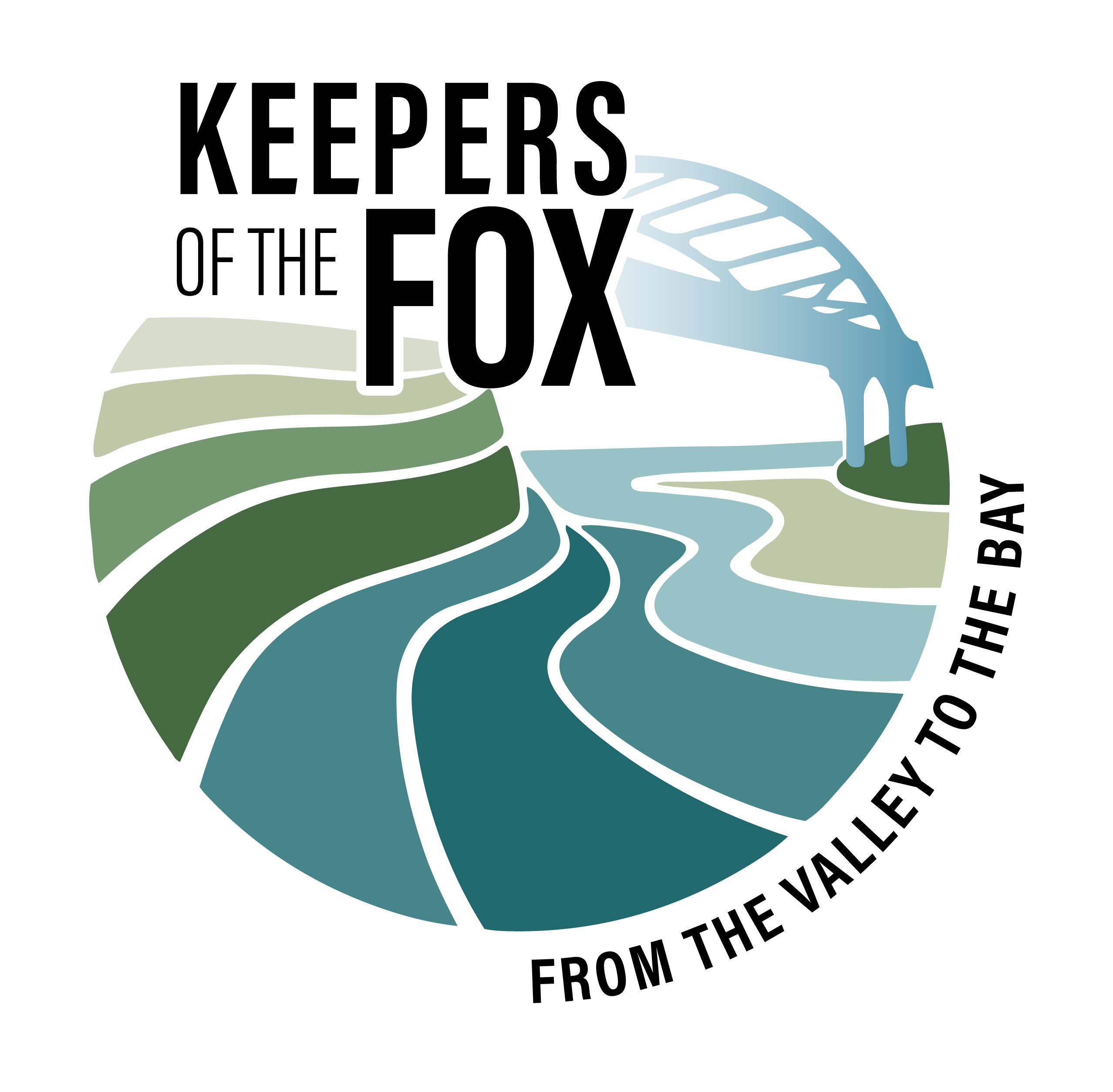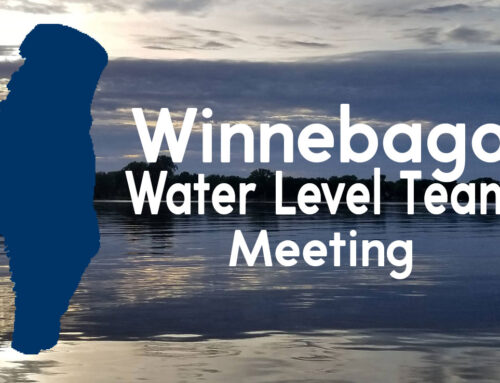Written by Justin Loehrke, Basin Ag Coordinator at Fox-Wolf Watershed Alliance; justin@fwwa.org
Countless farmers, landowners, and hunters today work hard to support the local wildlife. Millions of dollars are spent every year on habitat improvements and food plots, and I have contributed my share over the years. For a long time, my food plots matched the typical farming practices in the neighborhood. I grew monocultures of clover, winter wheat, soybeans, and corn. I relied on tillage and used fertilizer and herbicides. I took pride in what I was giving back to the resource, but I felt I was missing something. For far too long, I ignored the soil and focused on the plant.
Trial and Error with Soil Health
Later in life I learned the first principle of soil health is farming within context. We have to farm in context and everyone’s is going to be different. Unlike traditional ag, the purpose of my high-protein plot was to attract and support wildlife on the landscape during the deer harvest season and the parts of the year when food was sparse.
An obvious high-protein choice, soybeans, can be a tremendous draw as the temperature falls and the surrounding ag fields are turned to dirt. Without the ability to expand the size of my food plots, I spent time focusing on increasing yield. I researched new brands of beans, fertilized more often, and sprayed herbicides to kill competing weeds. But too often, I found soybeans eaten down to the dirt before December.
I was failing at supporting wildlife during the toughest parts of the year. I had prioritized attractiveness over sustainability as I doubled down on trying to out-produce nature.
Looking back, I can see how I missed so many of the principles of soil health. Biggest on that list was diversity. Very few places in nature can we find monocultures growing unless man plays a role in helping to cultivate them. The only diversity in my food plots came in crop rotation from one year to the next. At every opportunity, nature would try her best to provide the diversity I was lacking. And each time she did, I spent time and money treating the symptoms instead of the real problem.
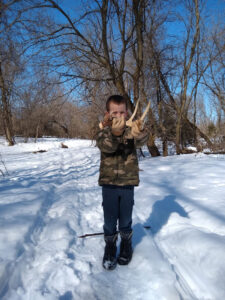
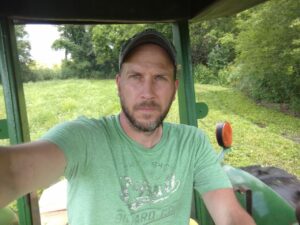
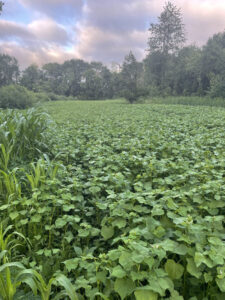
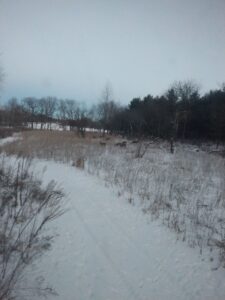
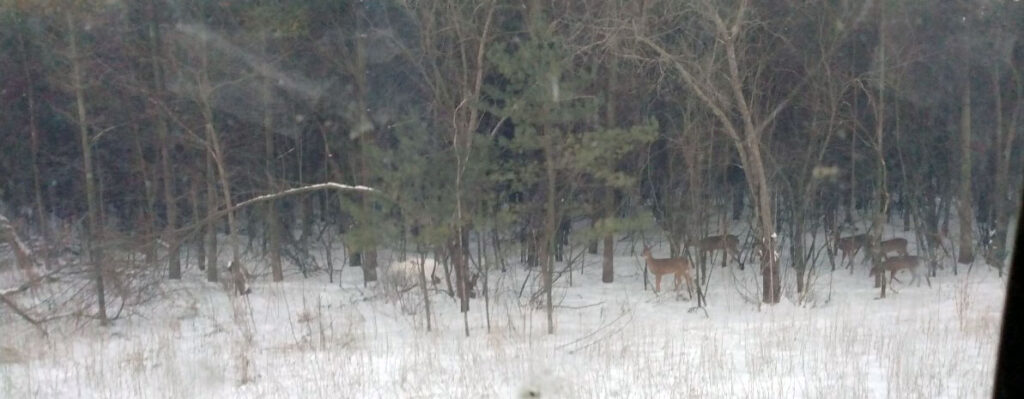
A Series of Happy Accidents
As the years went on, it may have only been happenstance that knocked me off my previous course. One year, my soybean food plot was under tremendous browse pressure early. Thinking it would be a complete loss, I decided to go to plan B. I planned to disk down the beans and plant winter wheat. The local mill was out of wheat so they talked me into winter rye and radishes.
In my haste to get seed, I forgot to turn off key on the tractor, and my battery was dead when I returned from the mill. With rain approaching, I made the decision to broadcast the seed into the standing beans. Since I was unsure if it would work, I only spread half of it.
Shortly thereafter, the fresh new shoots attracted the attention of the neighborhood deer. A couple weeks later, I spread the rest of the seed to fill in the open spaces. That series of events took me from thinking I would be without soybeans in late September to realizing I’d still have some standing in early December.
The Results Were In(disputable)
I wasn’t sure what I stumbled into at the time, but it became clearer as spring arrived. Instead of a patchy brown and green field covered in soybean stubble and weeds, it was a lush green stand of rye. The sheer amount of recycled deer food and the set of shed antlers I found reinforced the power of diversity and keeping a living root in the ground at all times.


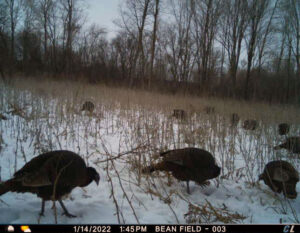
As more acres across the basin are no-tilled and planted in cover crops, wildlife is going to respond. Nature is just trying to complete the last principle of soil health: animal integration. I would encourage others to think about where this wildlife will fit into their farm’s long-term plans. Better planning can only ensure they stay in the asset — rather than the liability — column. And that’s good in any context.
Interested in learning more about cover crops? Contact Justin Loehrke, Basin Ag Coordinator at Fox-Wolf Watershed Alliance; justin@fwwa.org
Questions? Contact us:
Climate Smart Agriculture Project Manager: Katie Woodrow, 920.915.5767 or katie@fwwa.org
To receive periodic updates on these projects as well as many others, please subscribe to our newsletters: CLICK HERE
Winnebago Waterways is a Fox-Wolf Watershed Alliance recovery initiative. Contact us at wwinfo@fwwa.org


